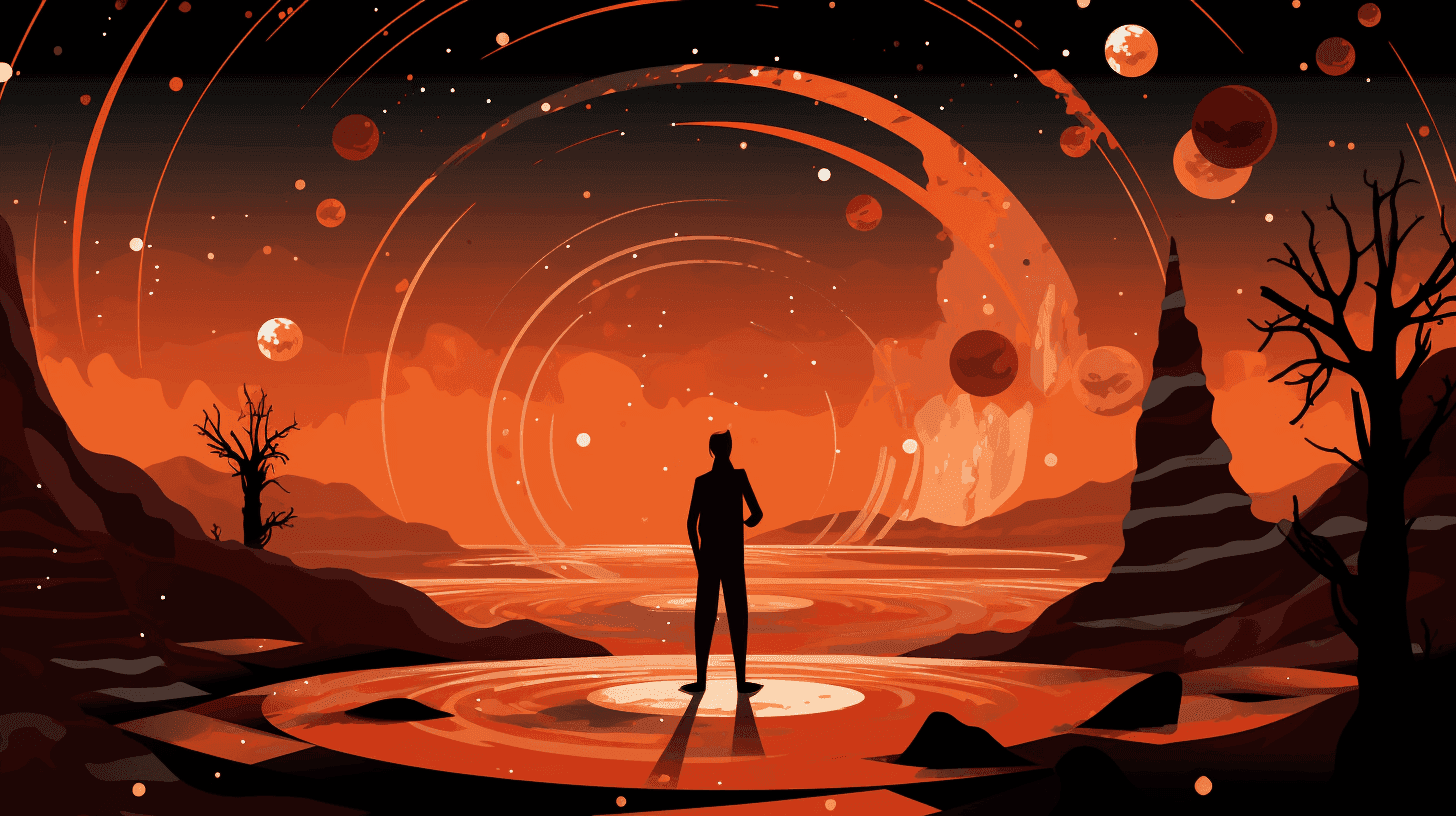Immersive Storytelling Techniques for the Metaverse

The rapid evolution of technology has forever transformed the landscape of storytelling. Now, with the emergence of the metaverse, there's a new frontier awaiting storytellers. "Storytelling in the Metaverse" is more than a buzzword; it's a transformative approach that requires understanding the essence of narrative and the unique attributes of virtual worlds. In this article, Metastack will explore the key techniques to help storytellers maximize the metaverse's potential.
The Basics of the Metaverse
The metaverse can be considered a collective virtual space comprised of augmented reality (AR), virtual reality (VR), and the internet. But it's not just a space; it's a continually evolving experience. This offers unique opportunities and challenges for storytellers.
Key Characteristics of the Metaverse
- Interactivity: Unlike traditional media, the metaverse is inherently interactive, giving the audience the power to influence or even change the narrative.
- Persistence: The metaverse doesn't 'end' or 'pause' like a movie or book. Events continue to unfold in real-time.
- Multi-Modality: Storytelling in the metaverse can use text, audio, video, VR, AR, and more. The blend of these elements creates rich experiences.

Techniques for Immersive Storytelling in the Metaverse
With the fundamentals in mind, let's delve into the techniques that can elevate your metaverse storytelling.
Embrace Interactivity
Interactivity is a powerful tool. Instead of being passive recipients, your audience can be active participants.
- Branching Narratives: Offer choices that lead to different outcomes. This not only engages the audience but also encourages replayability.
- Real-time Feedback: Use the metaverse's real-time nature to provide feedback based on the audience's actions or decisions.
Craft Multi-sensory Experiences
The metaverse is not limited to sight and sound.
- Haptic Feedback: Integrate touch sensations to make events feel tangible. A gentle breeze or a jarring shock can add depth to the experience.
- Environmental Interactions: Allow the audience to interact with the environment. The rustling of leaves or the splash of water can make the world feel alive.
Use Spatial Audio for Immersion
Spatial audio can guide the audience or enhance the realism of the environment.
- Directional Sounds: Use audio cues to guide the audience or highlight points of interest.
- Layered Soundscapes: Create ambient sounds that change based on the audience's location or actions.

The Power of Collaborative Narratives
Storytelling in the metaverse often means embracing collaboration. The audience, interacting with each other, can co-create stories.
User-generated Content
Encourage the audience to create and share their own stories or extensions of your narrative. This fosters a sense of ownership and community.
Real-time Collaborative Events
Organize events where participants can influence the outcome together. Whether solving a mystery or building a world, the collective experience is powerful.
Ethics and Inclusivity in Metaverse Storytelling
The metaverse's vastness means a diverse audience. Ensuring inclusivity and adhering to ethical guidelines is paramount.
Diverse Representation
Create characters and narratives that reflect the varied identities and experiences of your audience.
Consent and Boundaries
Ensure that participants know what to expect and can set personal boundaries. This makes experiences enjoyable and respectful for everyone.

Conclusion: The Future of Storytelling in the Metaverse
The metaverse offers unparalleled opportunities for storytelling. By embracing its unique characteristics and understanding its potential, storytellers can craft immersive experiences like never before. As the digital realm continues to evolve, those who can weave compelling narratives within it will be the pioneers of a new era of storytelling.



